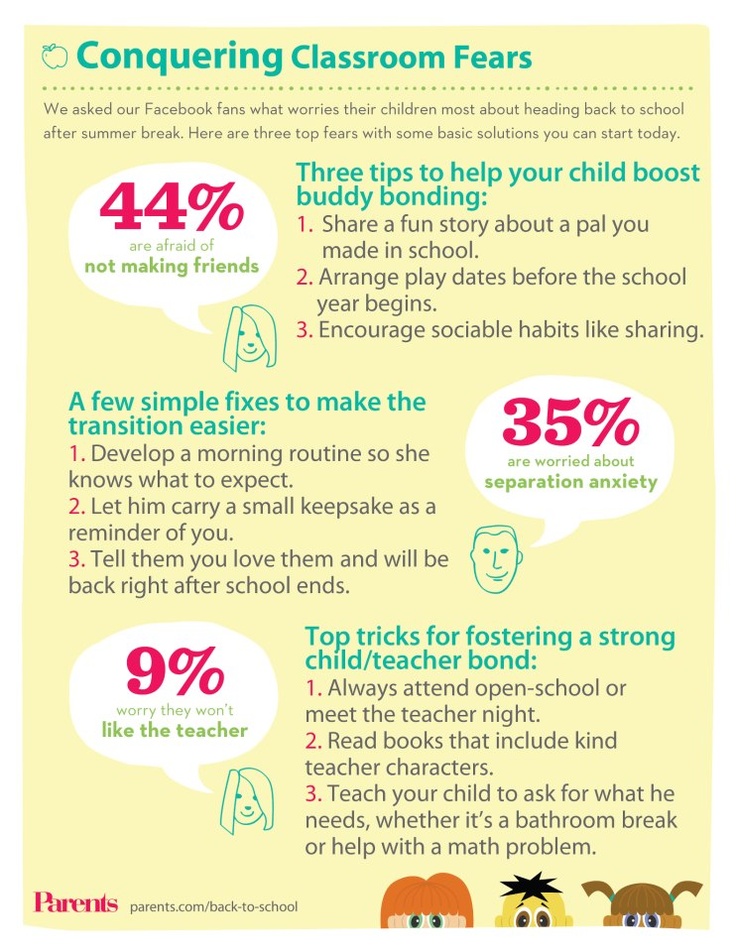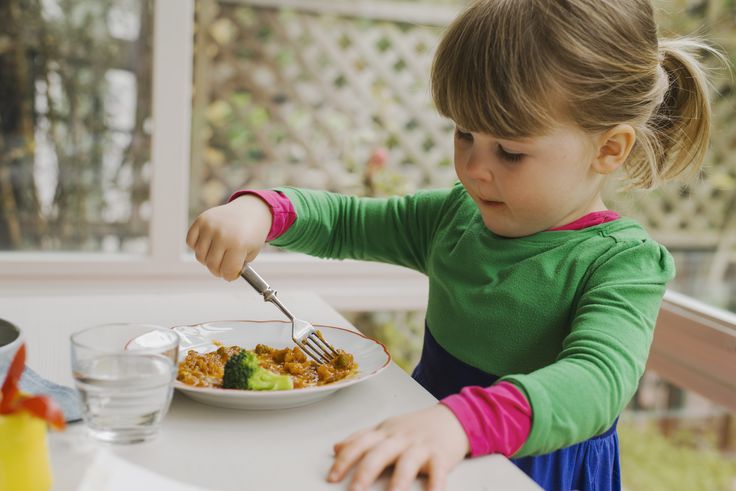How many baby teeth does a child lose
How Many Teeth Do Children Lose?
It can be a little scary, a little overwhelming, and usually a little bit exciting the first time that tiny, pearly tooth gives a nudge and a wiggle in your little one’s mouth. Over the course of the next few years, your child will lose all the baby teeth that have accompanied them on their journey through life so far in favor of a larger set of permanent teeth that will serve them through the rest of their life. But how many teeth do children lose? How do you know the process is going smoothly?
On the off chance that you don’t remember absolutely every detail of losing your own set of baby teeth, let’s take a quick look at the process of losing baby teeth so you can feel better equipped to guide your youngster(s) through this milestone process.
Right from the Start
Your baby starts developing little buds that will grow into teeth at 6 weeks into pregnancy. The hard precursor to enamel starts developing between 3-4 months during the pregnancy. After a few months of charming everyone with a gummy grin, babies pop out the first baby tooth, generally between 6-10 months of age. Usually, the last baby teeth to make their appearance are commonly called 3-year molars because they arrive during toddlerhood between 2 ½ and 3 years of age. In all, babies are expected to grow 20 teeth—10 top, and 10 bottom—in the first years of their lives.
Starting around 6 years of age—usually in kindergarten or first grade—the process begins to reverse, and those little teeth come out in basically the same order they grew in.
The American Dental Association has produced this handy chart showing each baby tooth, when it comes in (erupts) and at what age it is usually lost (shed).
Late Losses
While we tend to think of the age that children lose their first tooth, it’s important to remember that tooth loss takes time. It’s a good thing that it does, too, since the child is growing rapidly, and that growth is necessary to make space for the 32 permanent teeth that will replace the 20 smaller baby teeth.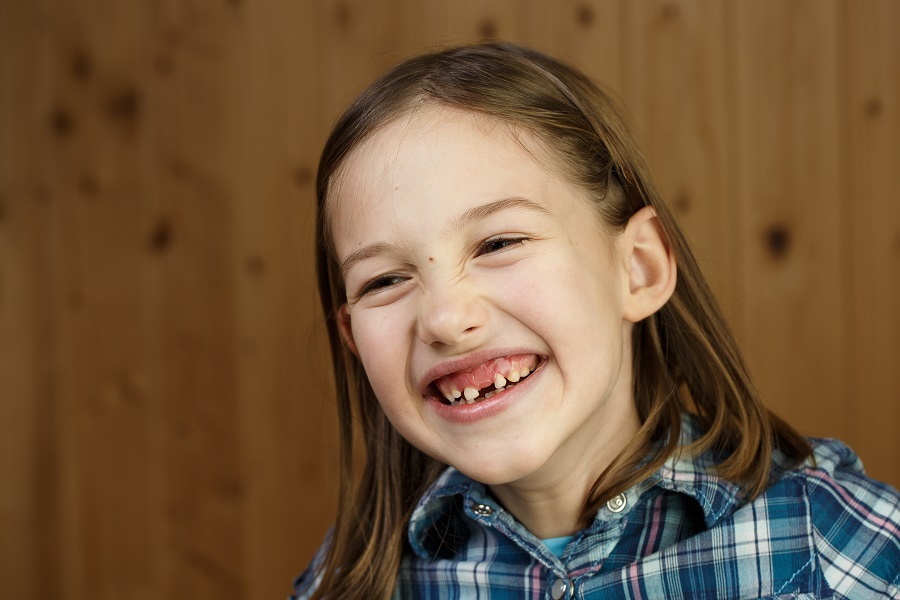 Most children will lose their last baby teeth just before they enter their teen years, at 11 or 12 years old. The last permanent teeth to arrive, the wisdom teeth, can appear as late as 21, an age at which the child is expected to have accumulated some wisdom (hence the name of the teeth).
Most children will lose their last baby teeth just before they enter their teen years, at 11 or 12 years old. The last permanent teeth to arrive, the wisdom teeth, can appear as late as 21, an age at which the child is expected to have accumulated some wisdom (hence the name of the teeth).
How Many Teeth Do Children Lose?
So, the answer to how many baby teeth a child loses is, of course, all of them—about 20. Some children have specific developmental differences that affect how many baby teeth develop. Teeth are important for facial development, speaking, chewing, and smiling, so it’s important to care for those baby teeth, even though they are only temporary additions to your little one’s smile. Avoiding early tooth loss from accidental injuries to the face or tooth decay helps your child’s permanent teeth come in correctly and preserves the best facial shape.
Teach your children to brush each tooth every day, twice a day, with appropriate dental care products. If your little one is too young to understand the proper spitting technique and swallows toothpaste, you might consider using a fluoride-free product until they improve their brushing.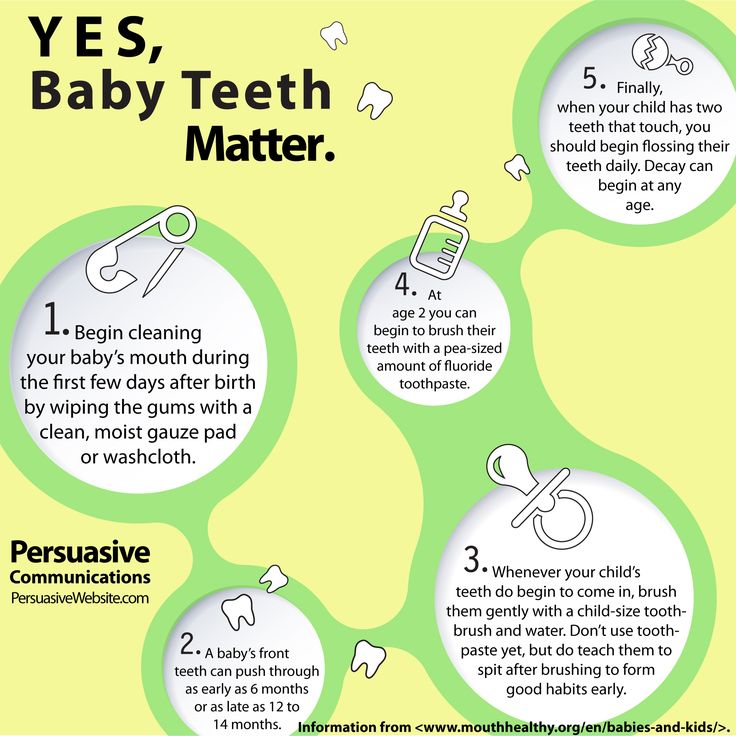 Switching to a fluoride tooth cleaner as soon as possible helps keep the baby teeth strong and healthy while hanging around. Call the tooth fairy and enjoy this adventure; it’s time to lose some teeth!
Switching to a fluoride tooth cleaner as soon as possible helps keep the baby teeth strong and healthy while hanging around. Call the tooth fairy and enjoy this adventure; it’s time to lose some teeth!
Try Our Children Friendly Gel
Consider using our fluoride-free kid-friendly CTx3 Gel until your children improve their brushing.
Learn More
When Do Baby Teeth Fall Out? Age, Order, Complications, More
When you become a parent, it can seem like you’re constantly confirming that your little one meets the popular milestones on time. One of those big moments — almost as big as when that first little tooth cuts through the gums — is when your child gets their first visit from the tooth fairy.
Here’s when you can expect your child to begin losing their baby teeth, common concerns, and potential complications — and what you need to know to stay on top of your child’s dental health.
Each child will sprout and lose teeth on their own timeline.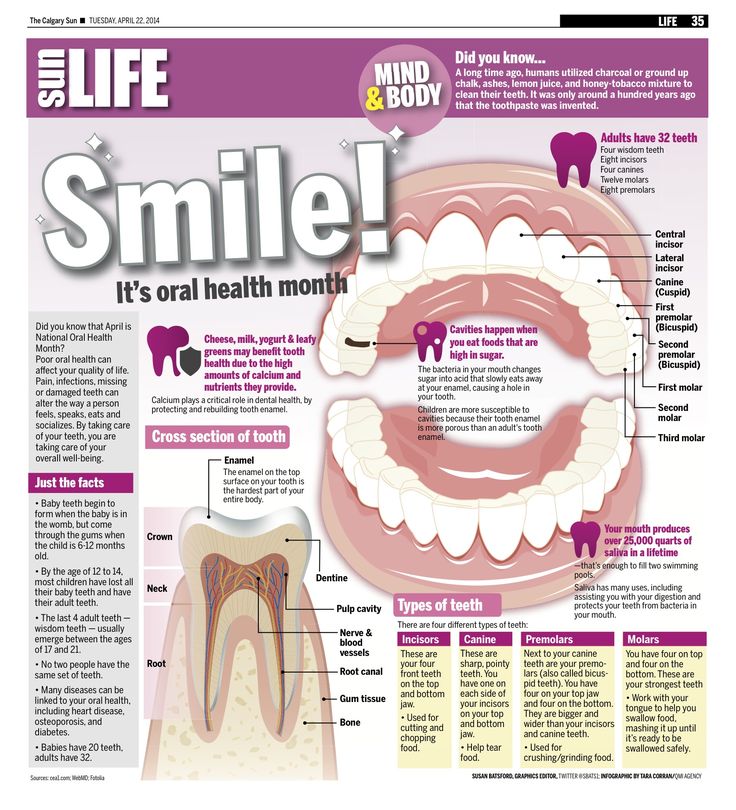 When new teeth appear, the official term is eruption. While most people think of them as baby teeth (also known as milk teeth or primary teeth), their formal name is deciduous teeth. In total, your child will have 20 baby teeth to chow down their snacks.
When new teeth appear, the official term is eruption. While most people think of them as baby teeth (also known as milk teeth or primary teeth), their formal name is deciduous teeth. In total, your child will have 20 baby teeth to chow down their snacks.
Your baby will begin to gain teeth around 6 months of age, and this will continue until around the age of 3. From the age of 6, your child will eventually lose all of their baby teeth by the time they’re 12 years old. By the time your child reaches their teenage years, they’ll have 32 permanent adult teeth.
| Tooth name and position | Eruption timeline | Loss timeline |
|---|---|---|
| Lower central incisors | 6 to 10 months old | 6 to 7 years old |
| Upper central incisors | 8 to 12 months old | 6 to 7 years old |
| Upper lateral incisors | 9 to 13 months old | 7 to 8 years old |
| Lower lateral incisors | 10 to 16 months old | 7 to 8 years old |
| Upper first molars | 13 to 19 months old | 9 to 11 years old |
| Lower first molars | 14 to 18 months old | 9 to 11 years old |
| Upper canines | 16 to 22 months old | 10 to 12 years old |
| Lower canines | 17 to 23 months old | 9 to 12 years old |
| Lower second molars | 23 to 31 months old | 10 to 12 years old |
| Upper second molars | 25 to 33 months old | 10 to 12 years old |
So why do baby teeth fall out, anyway? It turns out that those baby teeth act as placeholders, creating space in the jaw for future, permanent teeth.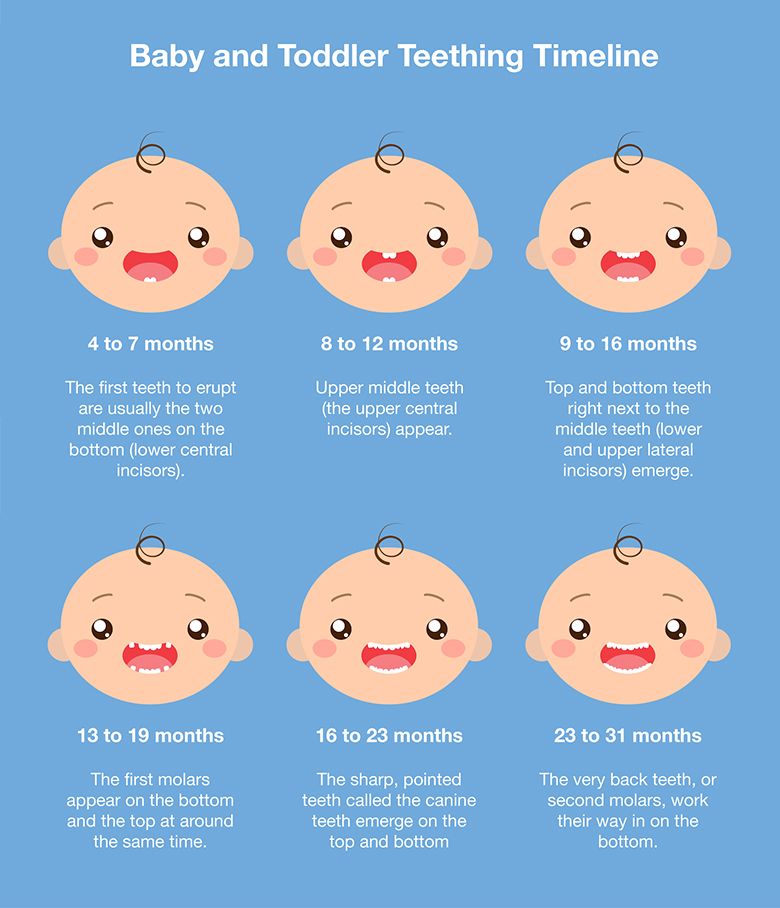
For most children, their baby teeth begin to fall out around the age of 6. Of course, all of the teeth don’t fall out at one time!
When a permanent tooth is ready to erupt, the root of a baby tooth begins to dissolve until it’s completely gone. At that point, the tooth is “loose” and only held in place by the surrounding gum tissue.
You might be surprised to find that most people lose their baby teeth in the order that they erupted.
As such, since the lower central incisors are the first teeth to appear around 6 months of age, they’re also the first to come loose and make room for your child’s permanent teeth when they’re around 6 or 7 years old.
After the lower central incisors, the upper central incisors come out, making way for the bigger upper central incisors we all expect to see on adults.
For some children, losing teeth can be an exciting time, especially if you introduce fun concepts like the tooth fairy. For others, it can be a little upsetting, as something that they thought was permanent (their tooth) just came out of their mouth!
Likewise, it’s not uncommon for children to experience a little pain or discomfort when they lose a tooth.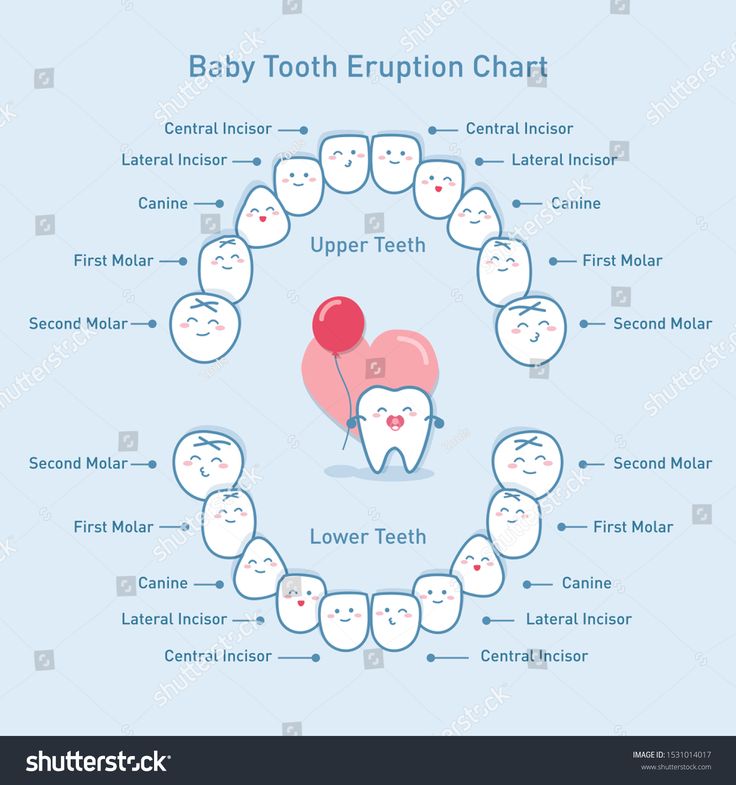 After the tooth is removed:
After the tooth is removed:
- Have your child rinse their mouth with a simple saltwater solution to help clean their gums.
- Use a bit of gauze to help cover the area, which is known as a socket, and encourage them not to spit, as this can cause bleeding.
- Apply a cold, wet cloth after any bleeding has stopped if there’s pain or discomfort.
After the central incisors have been shed, the next baby teeth to go will be your child’s lateral incisors. Generally, the upper lateral incisors loosen first. This will usually happen between the ages of 7 and 8.
At this point, your child should be more familiar with the experience of losing a tooth. Ideally, it should no longer be a scary experience, as they’ll have already lost four teeth prior to the lateral incisors.
Compared with when your child’s teeth first erupted, losing them can be a significantly easier process for parents. While teething may be uncomfortable in general, incoming molars might be especially painful for babies and toddlers.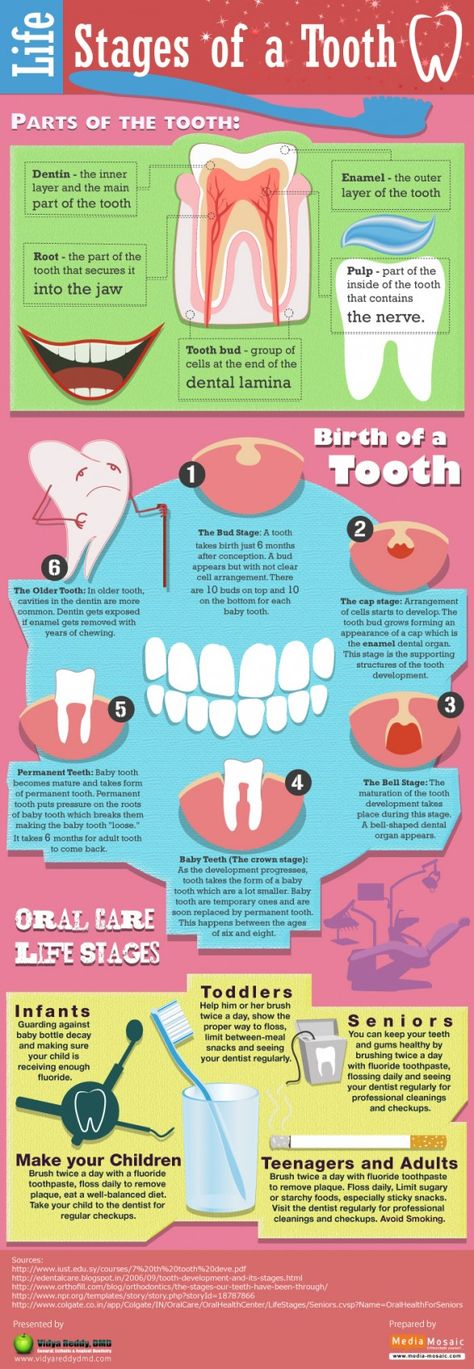
In contrast, the primary molars (also known as first molars) usually aren’t painful when they fall out or are replaced by permanent molars. These primary first molars are usually shed between the ages of 9 and 11 years old.
The last sets of baby teeth to go are the canines and primary second molars. The canines are usually lost between the ages of 9 and 12 years old, while the primary second molars are the last baby teeth that your child will lose. These final sets of teeth are usually shed between the ages of 10 and 12.
As your child grows, their jaws also grow to accommodate the larger permanent teeth. Once your child reaches the age of 13, they should have a full set of permanent teeth.
Once your child reaches their late teen years, their wisdom teeth (third molars) may come in. You might be surprised to learn that not everyone gets their wisdom teeth. Some only get a few instead of the full four wisdom teeth, and not everyone needs them removed.
These final sets of molars are called wisdom teeth because of the folklore belief that you only get these teeth once you’re more mature and have gained some knowledge due to having more life experiences.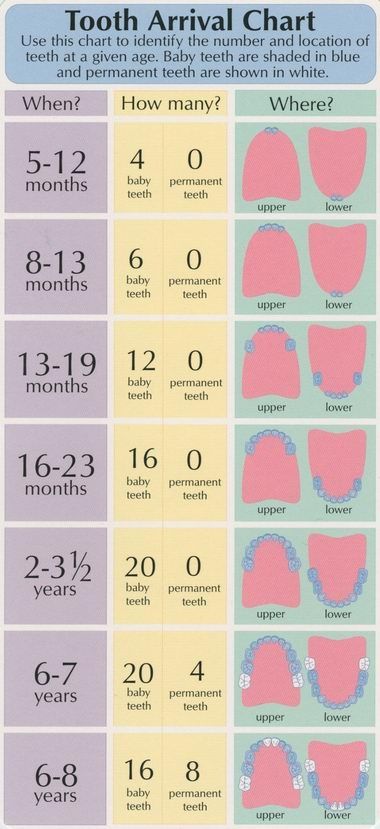
The timeline shared here is just a general guideline. If your child’s teeth were slow to erupt, you should expect that losing their baby teeth might take a little longer, too.
However, if your child has missed their dental milestones by a year (whether eruption or shedding), speak with your child’s dentist.
Scheduling dental visits
Regardless of what is (or isn’t) happening in your child’s mouth, by their first birthday, you should schedule an appointment. After the first visit, your child should visit the dentist every 6 months.
The Healthline FindCare tool can provide options in your area if you don’t already have a pediatric dentist.
Not everyone introduces the tooth fairy to their child, but it is a way to make a major milestone fun. You may wonder how much the tooth fairy should leave. The answer is… it varies. Some parents prefer to keep expectations simple with a few quarters, while others give a few dollars.
In general, the tooth fairy tends to be most generous for the first tooth!
Children will lose their teeth and develop that jack-o’-lantern smile on their own timeline.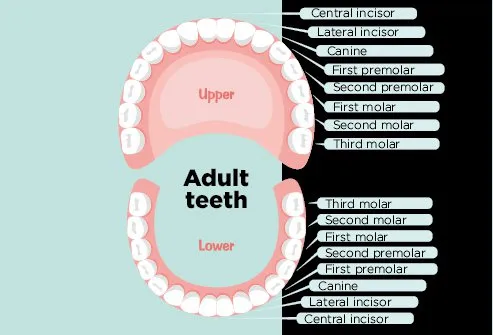 The most important thing is that you teach your child how to maintain proper dental hygiene so that long after their baby teeth are gone and forgotten, their permanent teeth are in healthy shape.
The most important thing is that you teach your child how to maintain proper dental hygiene so that long after their baby teeth are gone and forgotten, their permanent teeth are in healthy shape.
Milk teeth in children
The first teeth are formed in a baby, even during the mother's pregnancy. And their growth is part of the development and maturation of the child. Milk teeth are called temporary, but they serve for a long time - the change to permanent ends at the age of 13-14. Therefore, taking care of your child's teeth requires a lot of attention.
How many milk teeth do children have
Temporary teeth grow less than permanent ones - only 20. When milk teeth are replaced by permanent ones, another 8-12 new teeth appear. Therefore, dairy grow rarely - they save space.
By the age of one, all the incisors appear in the baby. Doctors assess development according to pediatric standards - by the age of 2 years, 16 out of 20 teeth should erupt. At the same time, you need to remember: the norms are average indicators, kids do not grow according to the training manual.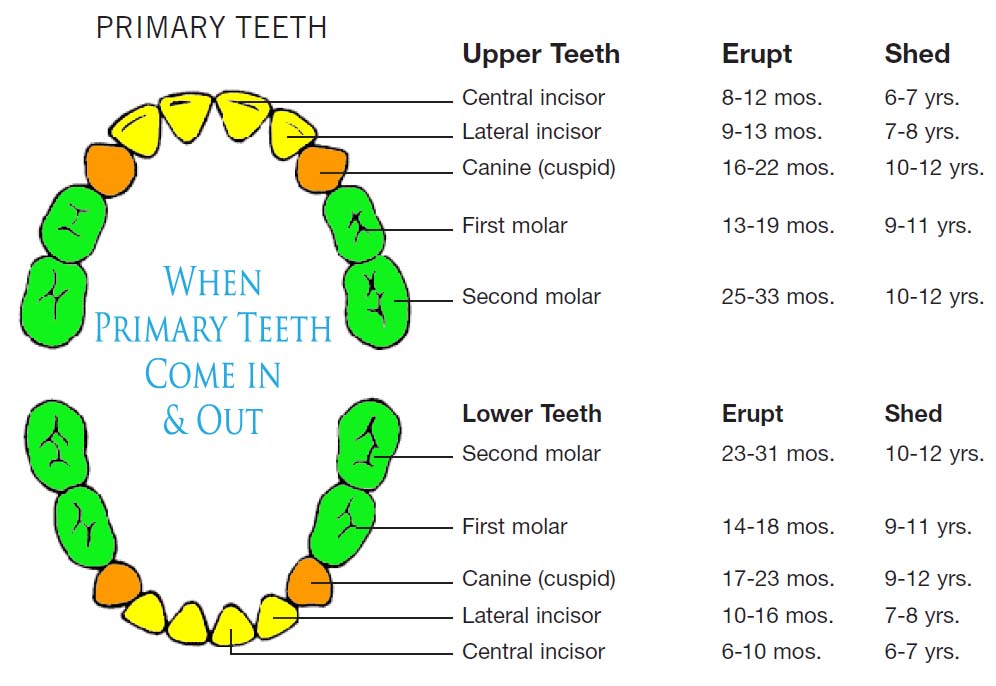
How children's teeth grow depends on many factors:
- nutrition quality, balance of vitamins;
- the time of appearance of the first tooth;
- high/low jaw loading;
- genetic features;
- immunity and past diseases.
A complete set may not arrive by age 5 or may grow by age 2 - no cause for concern as long as you have regular check-ups and follow the recommendations of your dentists and pediatricians. There are no deviations, but baby teeth do not grow in children? Just wait, it's genetics.
When do baby teeth fall out?
The change of teeth in children begins at 6. Sometimes the first tooth can fall out at 5 or 7 years. There is a relationship between the beginning of the growth of milk teeth and loss - the incisor has grown at 5 months, it will begin to fall out at 5 years.
The incisors are changed first. At 9-11 years old, the canines change, up to 12 - the first and second premolars grow.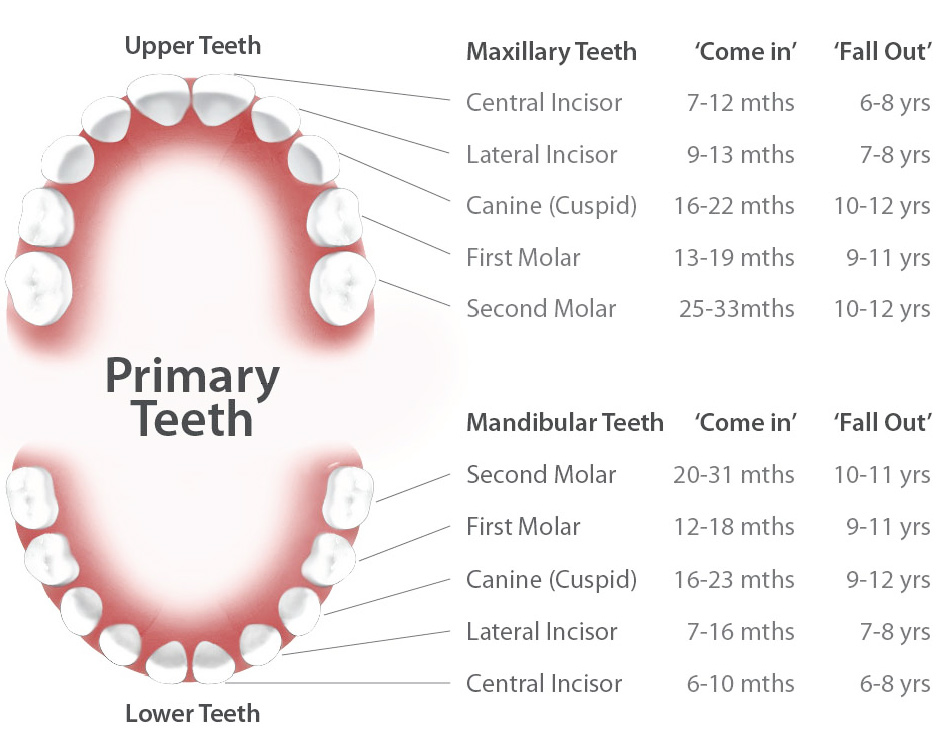 The change of milk teeth ends at the age of 13-14: the second molars grow and a permanent bite is formed. Wisdom teeth, the third pair of molars, are the last to grow in an adult.
The change of milk teeth ends at the age of 13-14: the second molars grow and a permanent bite is formed. Wisdom teeth, the third pair of molars, are the last to grow in an adult.
Diseased teeth fall out faster than intact, healthy ones. Girls renew temporary teeth for molars faster than boys.
Memo to parents
☑️ An empty hole should not bleed much. If the capillaries are affected, it is enough to apply a sterile swab until the bleeding stops. Postpone lunch for 1-2 hours. You can drink unsweetened liquids, preferably water.
☑️ There is no need to smear the wound with antiseptics or rinse your mouth - the blood clot that closes the hole will wash out.
☑️ Bleeding does not stop for more than 10 minutes - see a doctor.
☑️ To strengthen the roots of new teeth, you need to load the jaws. Give your child more fruits and vegetables to chew on: apples, young carrots.
☑️ Growing teeth need calcium. They are rich in dairy products, especially hard cheese, cottage cheese and kefir.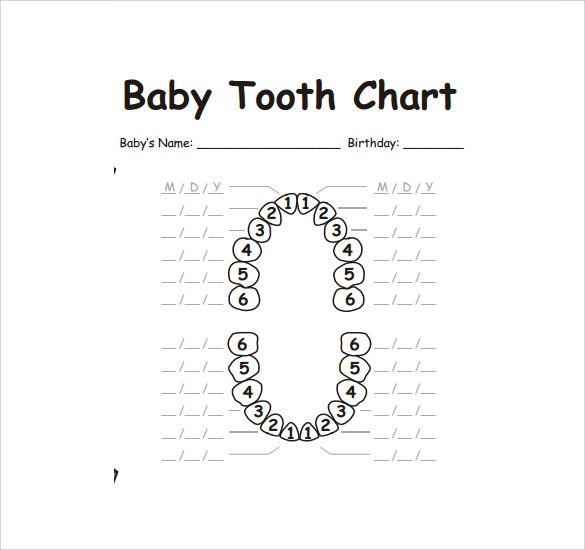 There is a lot of calcium in greens and legumes, to “get” it from foods - add 10-20 grams of fat to the dish.
There is a lot of calcium in greens and legumes, to “get” it from foods - add 10-20 grams of fat to the dish.
Candy for children! The main rule for the prevention of caries in children during the growth of teeth is that sugar or food particles should not remain in the mouth.
Candy is delicious and safe if you brush your teeth or rinse your mouth with clean water after dessert.
See also:
- care of the first teeth
- treatment of milk teeth
- treatment of periodontitis in children
- dental fillings
The order of change of milk teeth in children
There is a universal rule: as children's teeth grow, they fall out in this order. Does the schema fail? It's okay, it's a feature of the body.
In half of the cases, the "sixes" - molars - grow first. Their appearance often goes unnoticed - there are no temporary analogues. It is these molars that are the first to suffer from caries.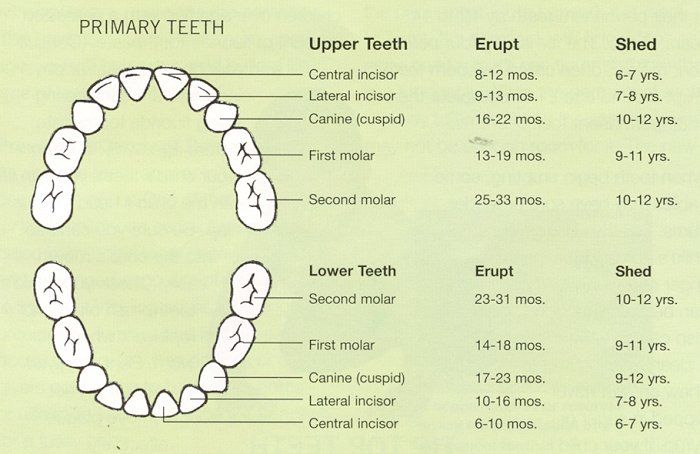 It is necessary to take the child for preventive examinations so as not to miss the new "tenant".
It is necessary to take the child for preventive examinations so as not to miss the new "tenant".
After the appearance of the "sixth", the order of teeth growth corresponds to the rule:
- central incisors;
- side incisors;
- fangs;
- premolars;
- first molars and second molars.
Should I visit a pediatric dentist?
If the child's teeth grow without pain and inflammation, it is enough to go for regular preventive examinations every six months.
You need to make an appointment at the dental clinic when:
- molar do not grow for more than 5 months. Orthodontic treatment may be needed to correct the bite.
- Indigenous began to grow, but dairy still remained. To form the correct bite, you need to remove temporary teeth.
- baby tooth fell out due to trauma. Neighboring teeth can take up empty space and the root has nowhere to grow.
- the child grinds his teeth violently at night.
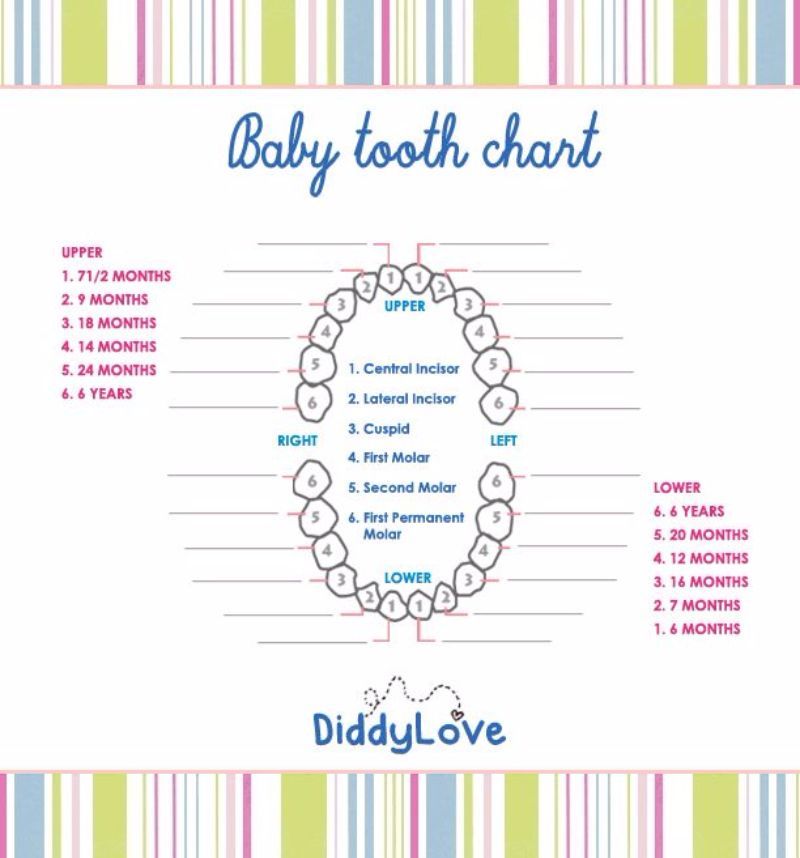 Because of this, the enamel is damaged, so the dentist prescribes special mouthguards that are put on the teeth before going to bed.
Because of this, the enamel is damaged, so the dentist prescribes special mouthguards that are put on the teeth before going to bed. - always see a doctor at the first sign of caries. The process quickly goes deep into the milk tooth, and can go to the rudiments of the molars.
Remember: timely prevention of oral diseases is a correct bite and a beautiful smile. Therefore, you need to take care of your teeth from childhood.
Change of milk teeth to permanent ones: what is important to know?
Many parents still think that pediatric dentistry is needed only in exceptional cases: if the child has a severe toothache and the pain does not go away by itself. There is also an opinion that there is no need to do anything with milk teeth, because they will fall out anyway and give way to molars. These are erroneous opinions that the doctors of our clinic would even call dangerous.
Why does a child need a pediatric dentist? First of all, for preventive examinations and monitoring of the growth of teeth, their change.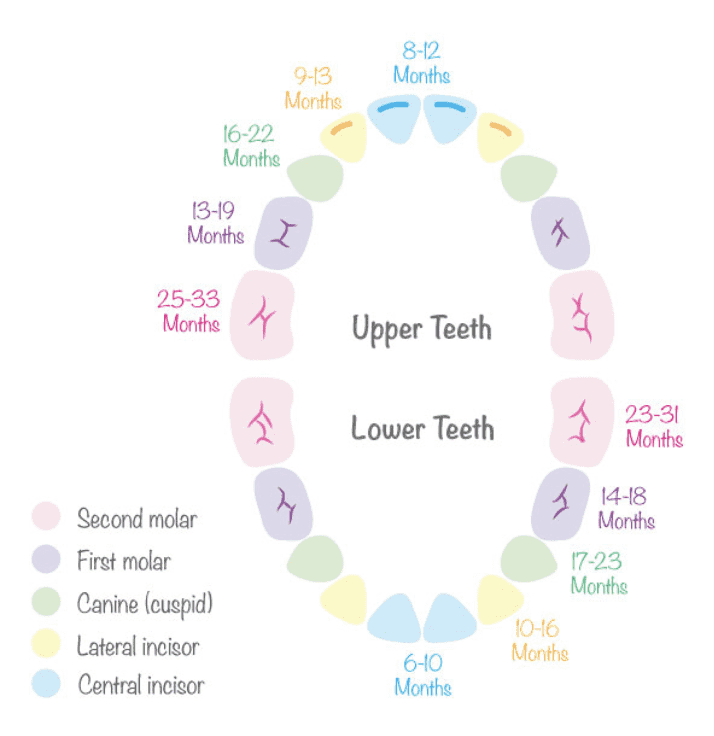 Many factors influence the health of milk teeth. In turn, the health of the first teeth affects the condition of the molars even before they erupt. Next, we will understand how the change process takes place. Every parent should know this to help their little one get straight, beautiful teeth and not experience problems as an adult.
Many factors influence the health of milk teeth. In turn, the health of the first teeth affects the condition of the molars even before they erupt. Next, we will understand how the change process takes place. Every parent should know this to help their little one get straight, beautiful teeth and not experience problems as an adult.
If you are still not accustomed to taking your child to the pediatric dentist once every six months, it's time to write down the date of the next visit in the calendar and make an appointment in advance at our clinic. This simple action will help prevent unpleasant problems, positively affect the formation of bite and oral health.
In addition, getting to know the doctor early will help children form a good impression of the clinic. Caring for teeth in Mira children's dentistry in Krasnoyarsk will be associated with something festive and exciting! This is completely opposite to the situation when you bring a baby to the clinic with a severe toothache that requires treatment. A visit to the dentist will inevitably be remembered as something unpleasant.
A visit to the dentist will inevitably be remembered as something unpleasant.
The first teeth will cause discomfort in the child during eruption, and this is a natural process. During this period, salivation increases, a runny nose may occur due to the eruption of the upper teeth. The normal pace involves the appearance of new teeth every few weeks.
Be prepared for the fact that the child will be naughty and refuse to eat, he may have a fever. In order to facilitate this period, you can use special teething toys. During this period, the gums become inflamed and cause discomfort - they can itch and hurt. Talk to your dentist: There are safe cooling gels for children that can help reduce the intensity of teething and teething symptoms in children.
It is also recommended to replace drinks with plain water. Juices and other drinks that contain sugar create an acidic environment in the mouth. Because of this, an inflammatory process can begin. Care should be taken to disinfect pacifiers and toys that children may place in their mouths.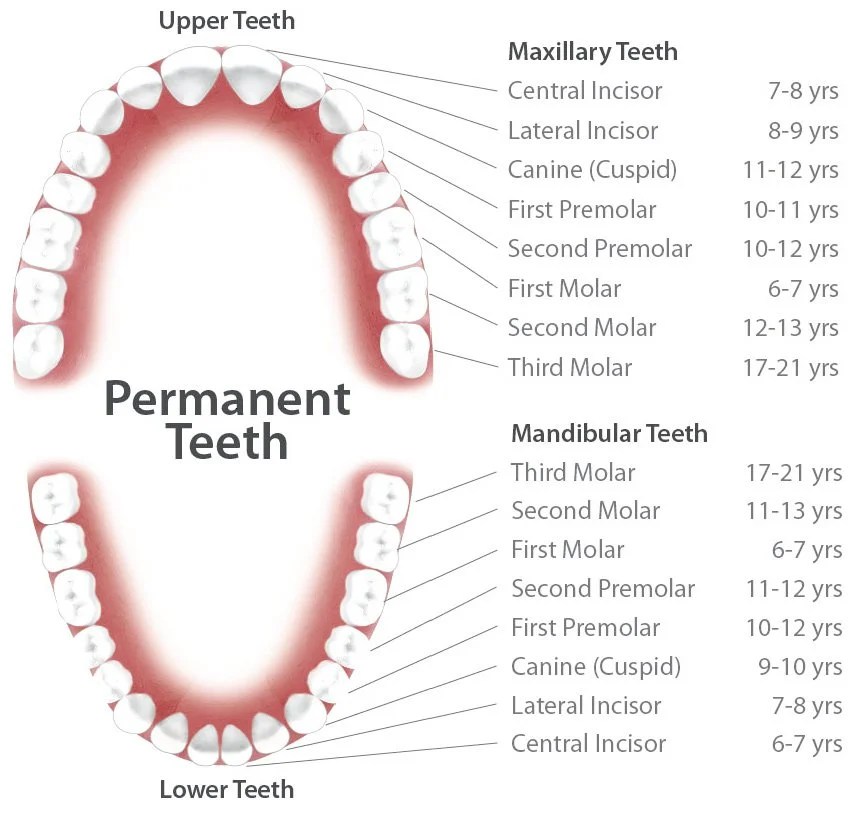
The first teeth appear at the age of six months. The first chewing teeth appear at the age of 1 to 1.5 years. Fangs are cut in a period of up to 2 years. After that, by the age of 3, the following chewing teeth appear. Each new group requires attention. So, it is important to clean chewing teeth well after eating, since the enamel of milk teeth is quite weak. Food retention on the surface can easily cause inflammation.
It is also important to make sure that the child weaned from the pacifier and stopped putting his fingers in his mouth. If this does not happen, an incorrect bite will be formed.
At the age of about 5 years, milk teeth begin to fall out, giving way to molars. It is important not to stimulate this process. It is not necessary to remove teeth, as this will negatively affect the growth of molars. In exceptional cases, the doctor may prescribe surgery if there is severe caries, too early or late eruption.
If a tooth is loose and about to fall out, no help is needed.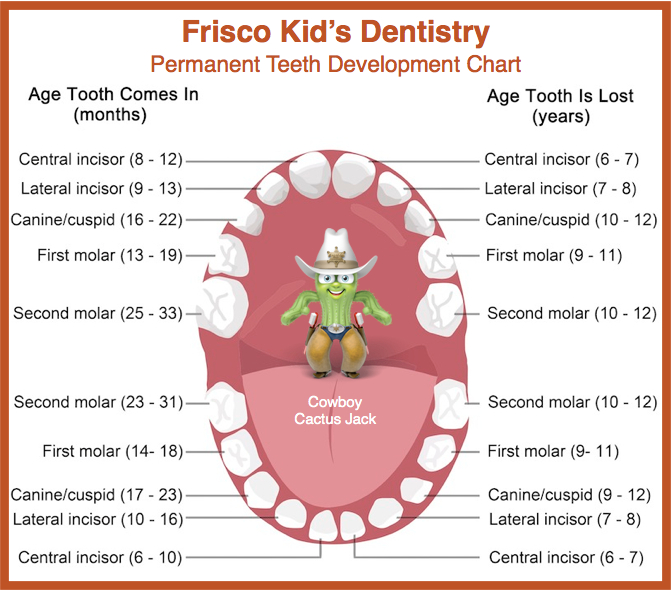 It is better to take the baby to the doctor to get an individual recommendation and confidence that the processes are going naturally.
It is better to take the baby to the doctor to get an individual recommendation and confidence that the processes are going naturally.
Do not forget to take your child to the doctor about once every 3 months in order to carry out mineralization, fluoridation and treatment of caries in time. If the pain during teething is very strong, it is allowed to give painkillers to children.
After the age of 3, parents can take a break from the changes. And then, at about 5 years of age, milk teeth are replaced by permanent ones. The process begins with the lower incisors. Then, after about a year, chewing "sixes" are cut, which parents may mistakenly take for dairy. A year later, the upper incisors change.
To make this journey with your child without problems and pain, visit the dentist regularly. Children may experience pain simply from jaw expansion. The doctor can easily tell you the cause of the discomfort. The age of 6-7 years shows the prospect of bite formation. Here you can quickly fix the problems that arise so that by adolescence the child has an even beautiful smile.
Further, the procedure for replacing milk teeth continues with the upper lateral incisors by 8 years. aged 9-10 years old, the primary first premolars appear, and a year later they are followed by the second premolars. 12-13 years old is the age of the appearance of fangs, and at 14 years old the last second molars are cut.
The procedure for replacing milk teeth ends with the full formation of a bite in the amount of 24 teeth.
It is recommended to bring your baby to the dentist as soon as the first tooth begins to cut. In some cases, if there are problems, this should be done earlier. You already know that adults are advised to visit the dentist once every six months to prevent and treat problems in the early stages.
Speaking about children, they need preventive meetings with the doctor more often. The growth, condition and change of teeth in children must be carefully monitored. Milk teeth are less resistant to caries, therefore, to detect inflammatory processes in the early stages, you need to go to the dentist more often.
Of course, any unpleasant symptom in the oral cavity requires a visit to a doctor. But, even if everything is fine, visiting the clinic is highly recommended. A child cannot always tell his parents about any symptoms, and the stage of the white spot, from which caries begins, is very difficult to notice with an inexperienced eye.
What do we do as part of prevention? Milk teeth can be strengthened, saturate with minerals. Periodic mineralization will strengthen the enamel and protect against caries.
Parents who regularly take their kids to pediatric dentistry do not have to worry about the formation of bite and the health of molars: the dentist will always warn about possible risks, correct the situation and recommend the necessary procedures. In addition, it is the pediatrician who is able to explain to parents the importance and rules of home hygiene of children's teeth. He can easily instill in a child an interest and a desire to properly brush his teeth on his own.


